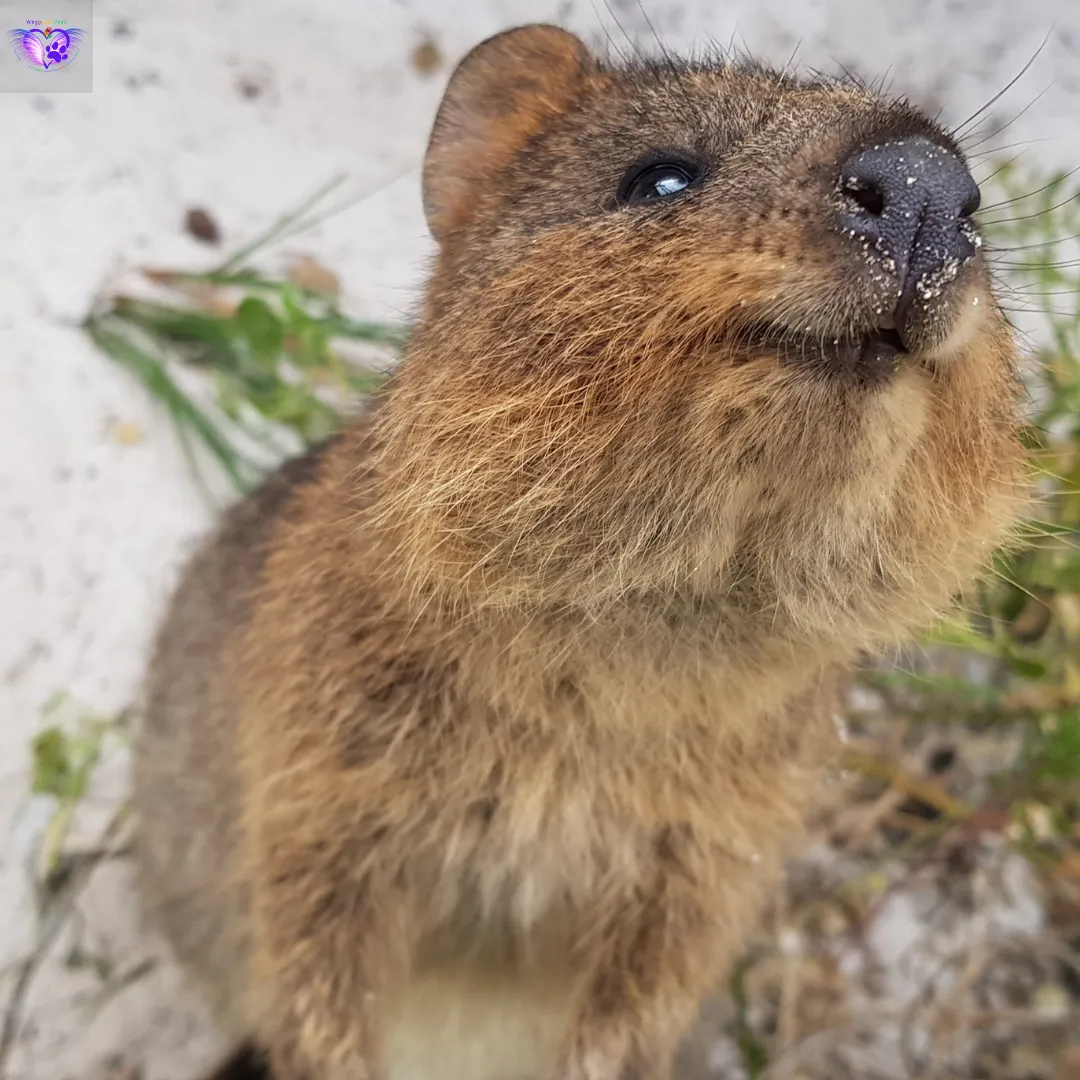
Understanding Quokkas: The Characteristics of Australian Marsupials
Preeti Mishra

Preeti Mishra
Quokkas, often referred to as the “happiest animals on earth,” are small marsupials native to Australia. These nocturnal herbivores belong to the macropod family, which also includes kangaroos and wallabies. Despite their diminutive size, quokkas play a significant role in the ecosystem of their natural habitat.
Basic Description and Classification
Quokkas are characterized by their compact build, rounded ears, and a short, broad head. They have a body length of about 50-54 cm and weigh between 2.5 to 5 kg. Their fur is coarse and varies in color from light brown to buff with reddish tones. The classification of quokkas places them within the genus Setonix and species brachyurus.
Comparison with Other Marsupials
Quokkas possess several unique traits that set them apart from other marsupials. Unlike wombats, which are primarily solitary creatures inhabiting burrows, quokkas exhibit more social behaviors and are often found in groups. Additionally, unlike many other marsupials that are mainly nocturnal, quokkas are known for their diurnal activity patterns, being most active during the day.
Category | Details | Related Terms |
|---|---|---|
Species & Classification | Quokkas, Setonix brachyurus, belong to the macropod family. | Marsupials, Kangaroos, Wallabies |
Physical Traits | Body length: 50-54 cm, Weight: 2.5 to 5 kg, Fur: coarse, light brown to buff with reddish tones. | Rounded ears, Short broad head |
Behavior | Nocturnal herbivores, sociable, known for being approachable and displaying a lack of fear towards humans. | Diurnal activity patterns, Social behaviors |
Habitat & Distribution | Southwestern Australia, Rottnest Island. Prefers forests, scrublands, semi-arid areas. | Coastal environments, Woodlands |
Diet | Herbivores with a preference for early seral stages of vegetation. | Grasses, Leaves, Thomasia species |
Reproduction | Exhibits unique breeding patterns; forms small to large family groups depending on location. | Murdoch University studies |
Conservation Status | Classified as vulnerable by the IUCN Red List due to habitat depletion and threats. | Introduced predators, Human activities |
Conservation Efforts | Includes predator control, fire management practices, and habitat preservation. | Fox baiting, Monitoring human visitation |
Quokkas are primarily found in the southwestern part of Australia, with their natural habitat encompassing a range of environments, including forests, scrublands, and semi-arid areas. Their distribution is particularly notable on Rottnest Island, where they have adapted to the coastal environment. The geographic location and environment play a crucial role in shaping the unique characteristics and survival strategies of these endearing marsupials.
Geographic Location and Environment
The quokka's natural habitat spans from the mainland to several smaller islands off the coast of Western Australia. On Rottnest Island, in particular, quokkas have thrived in an environment that offers a diverse landscape of woodlands, heathlands, and coastal dunes. This variation in terrain provides them with access to different food sources and shelter options.
According to recent studies on Quokka Habitat Shift and Predation, it is evident that historical factors such as the introduction of new species by European settlers have influenced the distribution patterns of quokkas. The presence of predators led to a shift in their habitats towards more secure locations like islands and forests. This adaptation allowed them to minimize predation risks and thrive in environments conducive to their survival.
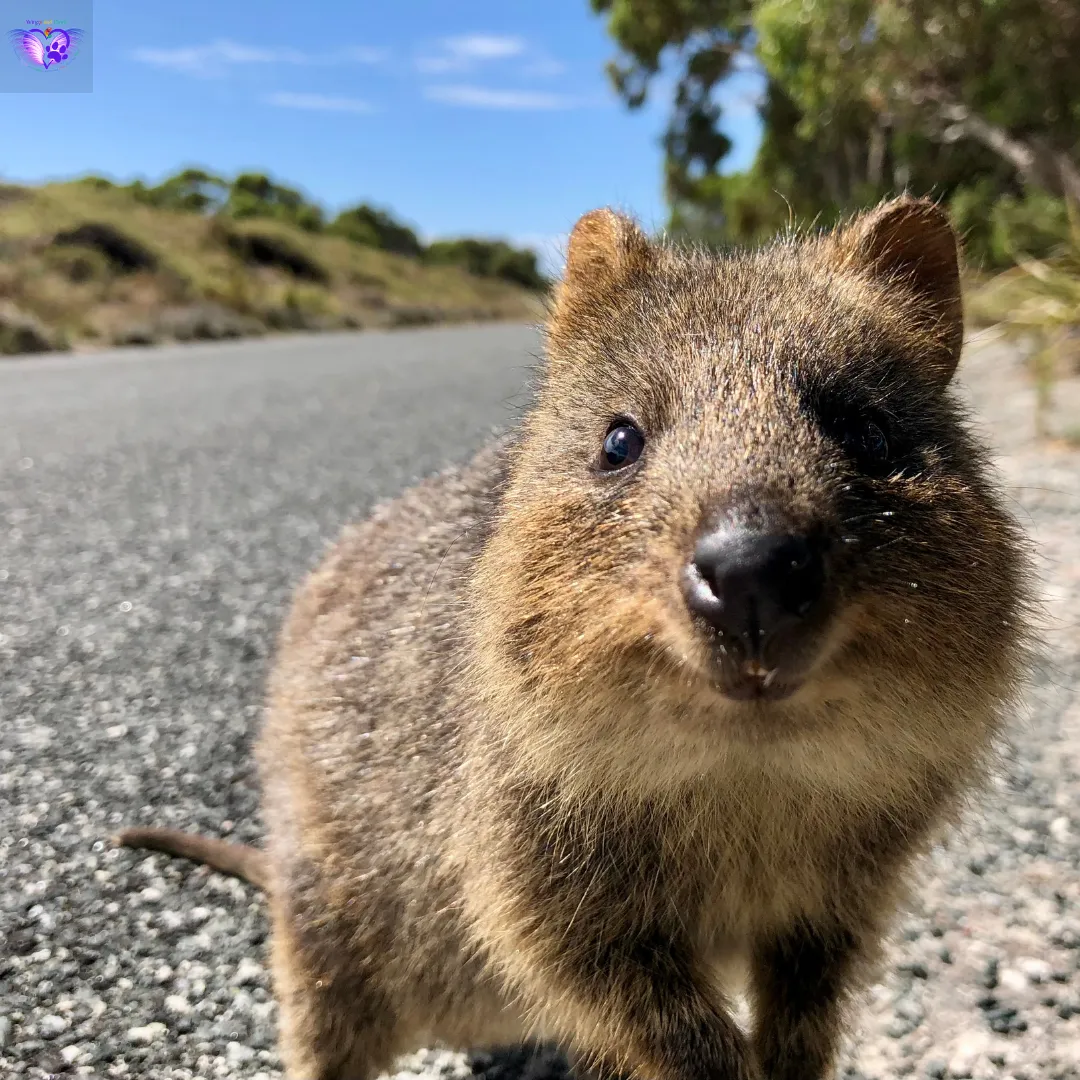
Adaptations for Survival
Quokkas have exhibited remarkable adaptability to their surroundings, especially in response to seasonal variations. Research on Quokka Social Behavior and Habitat Use highlights how they organize into family groups on Rottnest Island while maintaining lower density populations on the mainland. This social structure contributes to their ability to navigate through various habitats effectively.
Furthermore, their preference for dense vegetation such as thickets, heath, jarrah, karri forest, and riparian habitat aligns with findings from studies on Mainland Quokka Social Behavior and Habitat Preferences. These habitats provide essential resources like fresh water, food, and shelter necessary for their survival.
Despite these adaptive behaviors, quokkas face significant challenges due to human activities and environmental changes. The IUCN Red List has categorized them as a vulnerable species due to habitat depletion caused by human encroachment and wildfires (Quokka Conservation Status and Habitat Challenges). These threats underscore the importance of conservation efforts aimed at preserving their natural habitats.
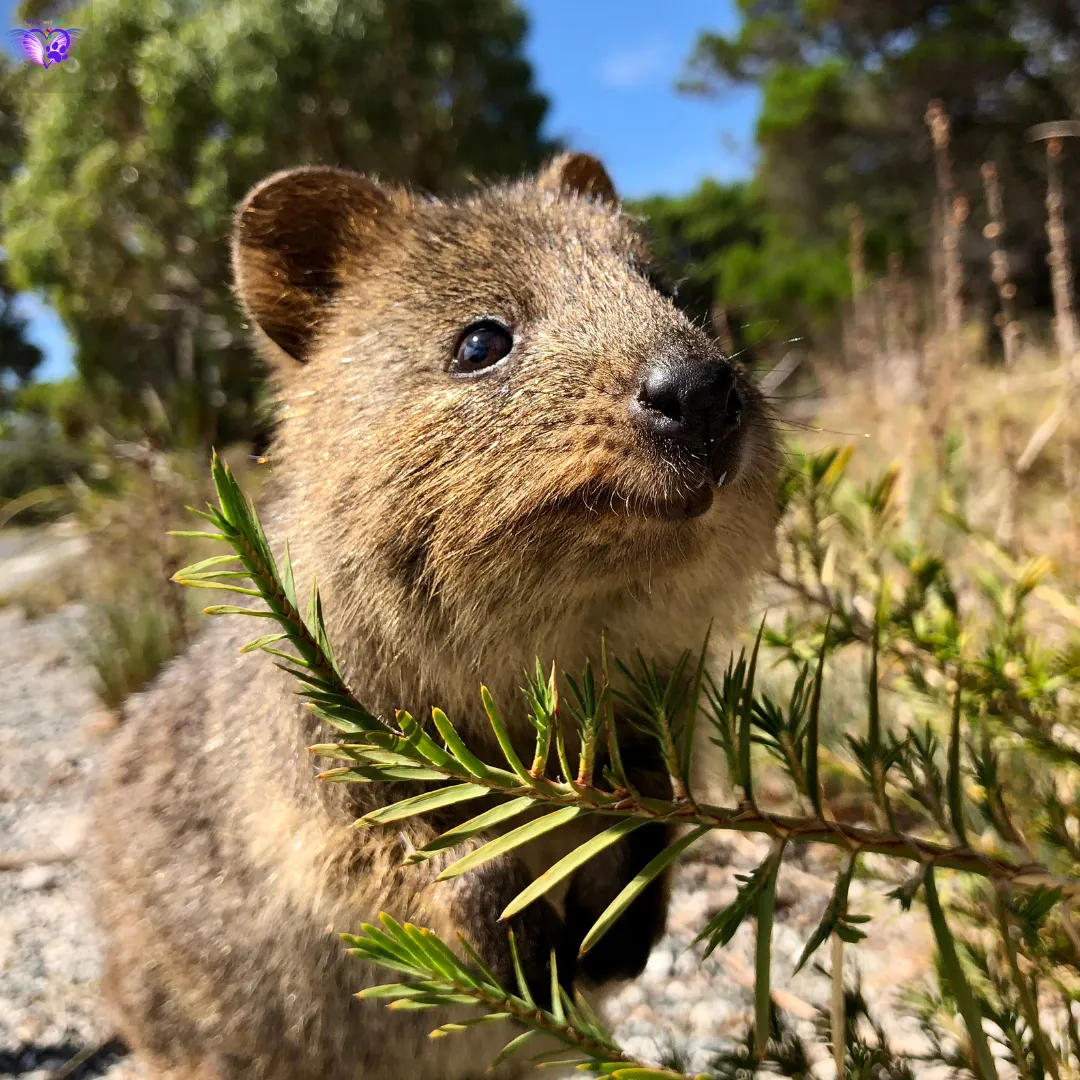
Quokkas are herbivores with a specific preference for early seral stages of vegetation, favoring new young growth. They have been observed feeding in burned areas shortly after fires, taking advantage of the high nitrogen levels in new foliage. This behavior contributes to their ability to thrive in dynamic environments and adapt to changes in their food sources over time.
The seasonal variation in the availability of food sources is linked to the fresh growth associated with fires, with quokkas showing a distinct preference for new young growth. Their diet primarily consists of various grasses and leaves, with plants from the Thomasia species being among their favorites. This dietary preference aligns with their natural habitat's characteristics and highlights their role as browsing herbivores within the ecosystem.
Quokkas exhibit unique breeding patterns and care for their young, contributing to their survival as a species. On the mainland, quokkas live in smaller colonies, with family groups consisting of one to two dozen individuals. In contrast, on Rottnest Island, they form much larger groups of up to 150 individuals. While these animals live in family units, they are not particularly social.
Breeding patterns among quokkas have been studied extensively by researchers from Murdoch University and the Department of Biodiversity, Conservation and Attractions. Their findings shed light on the reproductive behaviors and life cycles of these marsupials, providing valuable insights into how they sustain their populations under varying environmental conditions.
Quokkas are known for their sociable nature, often living in small family groups characterized by friendly interactions. They are generally approachable and display a lack of fear towards humans, earning them the endearing reputation as the “happiest animal on Earth.” This characteristic has led them to approach tourists in search of food, creating unique opportunities for human-animal interaction.
Studies have also examined quokka behavior in response to human interaction within zoo environments. Findings indicated that fewer animals remained visible from visitor paths when enclosures were open or walk-through environments. This behavior suggests that quokkas may acquire avoidance behaviors towards visitors, highlighting implications for stress management during public exhibition.
The social dynamics and interactions among quokkas play a crucial role in understanding their behavior within both natural habitats and captive settings. These observations provide valuable insights into how these marsupials navigate social structures while adapting to changing environmental conditions.
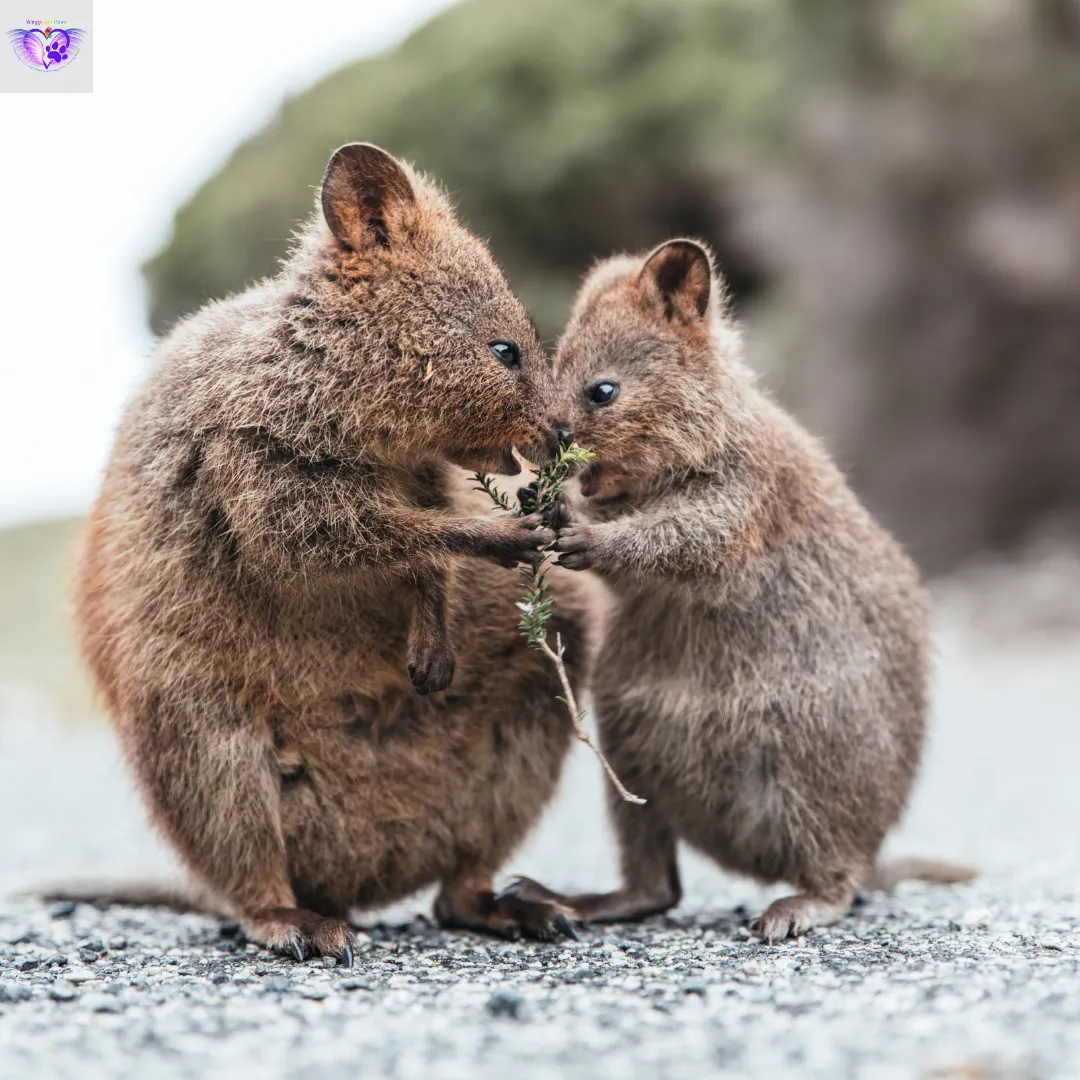
Quokkas, often hailed as the “happiest animals on earth,” face significant challenges in maintaining their populations due to various threats and habitat depletion. The current conservation status of quokkas reflects their vulnerability, necessitating focused efforts to protect and preserve these endearing marsupials.
Quokka populations have experienced a drastic decline over the past century, primarily attributed to threats such as introduced predators like foxes and cats, habitat destruction, disease, and human activities. As a result, the International Union for Conservation of Nature (IUCN) Red List has categorized quokkas as vulnerable. This classification underscores the urgent need for comprehensive conservation measures to safeguard their existence.
The largest population of quokkas, exceeding 10,000 individuals, is found on Rottnest Island off the coast of Western Australia. However, even in this relatively secure environment, challenges such as climate change and disease continue to pose risks to the animals. The ongoing decline in quokka populations emphasizes the critical importance of addressing the underlying factors contributing to their vulnerability.
Predation by introduced species such as foxes and cats remains a significant threat to quokka populations. Habitat destruction resulting from inappropriate fire regimes, urban development, timber harvesting, and the feeding habits of non-native species further exacerbates their vulnerability. The impact of human visitation on sub-populations, particularly on Rottnest Island, raises concerns about potential disturbances affecting quokka habitats.
The fragmentation of suitable swamp habitats due to habitat clearing poses additional challenges for quokkas by increasing their exposure to predators. Feral pigs also contribute to habitat disturbance and competition for resources, further impacting quokka populations. These multifaceted threats underscore the complex conservation landscape that necessitates targeted interventions.
Understanding what limits quokka recovery within burnt areas holds crucial clues for managing more frequent and intense wildfires predicted in a changing climate. Long-term monitoring efforts are essential for comprehensively assessing the impact of these fires and devising effective management strategies.
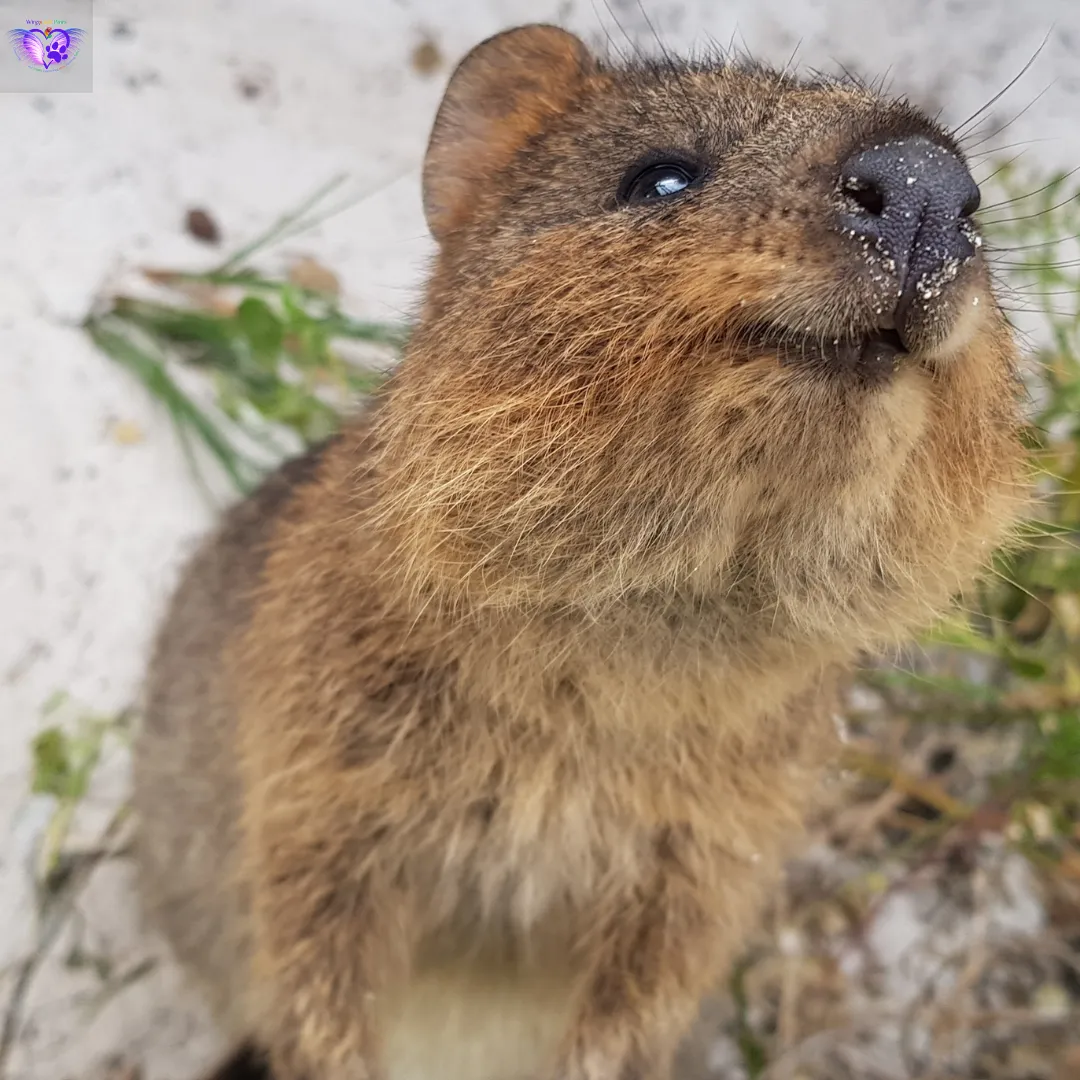
Conservation programs aimed at protecting quokkas encompass a range of initiatives focused on mitigating threats and preserving vital habitats. Controlling or eradicating introduced predators like foxes is paramount for ensuring the safety of quokka populations across Australia. Additionally, improving fire management practices is crucial for maintaining suitable habitats that support healthy quokka communities.
Specialized measures such as additional fox baiting are undertaken in timber harvesting coups where quokkas are known to occur. Furthermore, ongoing monitoring efforts are essential for evaluating the impact of human visitation on sub-populations while identifying opportunities for stress management during public exhibition scenarios.
Efforts directed at preserving dense vegetation through responsible land use practices play a pivotal role in maintaining suitable habitats for quokkas. Strategies aimed at conserving preferred habitats such as riparian corridors are vital for sustaining functional metapopulations among quokkas.
Understanding and protecting Quokkas is not only essential for the survival of this endearing marsupial species but also serves a greater purpose in preserving the delicate balance of ecosystems. By delving into the unique characteristics, behaviors, and habitat requirements of quokkas, researchers and conservationists gain valuable insights that can be applied to safeguarding other lesser-known animals and ecosystem components. This broader perspective emphasizes the interconnectedness of species within their habitats and underscores the significance of comprehensive conservation efforts.
The moral responsibility to understand and protect Quokkas extends beyond their individual existence. It encompasses a commitment to preserving biodiversity and ecological integrity. As ambassadors for wildlife conservation, quokkas symbolize the need to prioritize the well-being of all species, no matter how small or elusive they may be.

To effectively protect Quokkas, it is imperative to address key threats such as introduced predators like foxes and cats. Controlling or eradicating these predators in Australia, especially foxes, is crucial for ensuring the safety and sustainability of quokka populations. Improving fire management practices is essential for maintaining suitable habitats that support healthy quokka communities.
In conclusion, conserving Quokkas not only contributes to their survival as a species but also reflects a commitment to upholding the intricate web of life on which all living organisms depend. Through knowledge-driven conservation initiatives, we can strive to secure a future where Quokkas thrive alongside other wildlife, fostering resilient ecosystems for generations to come.
Partager cet article